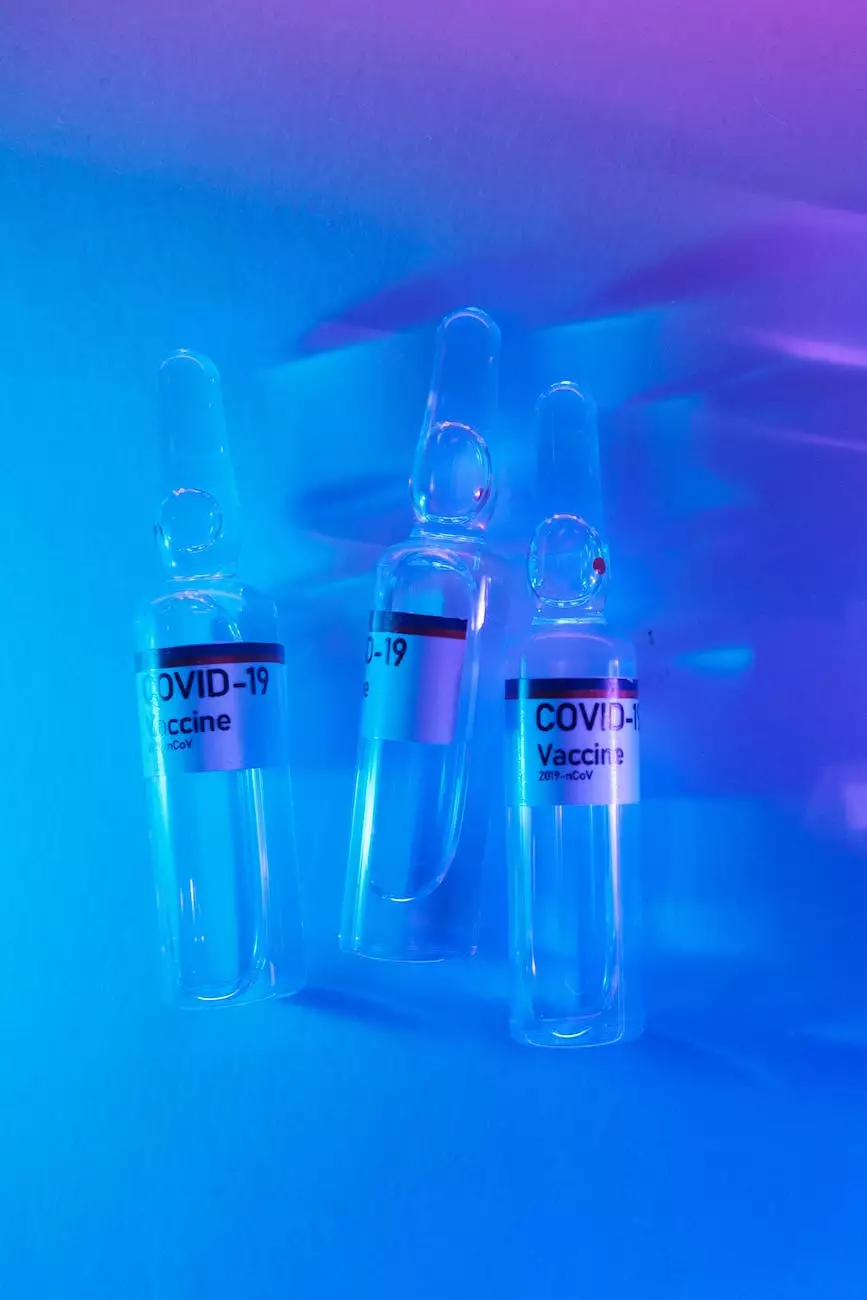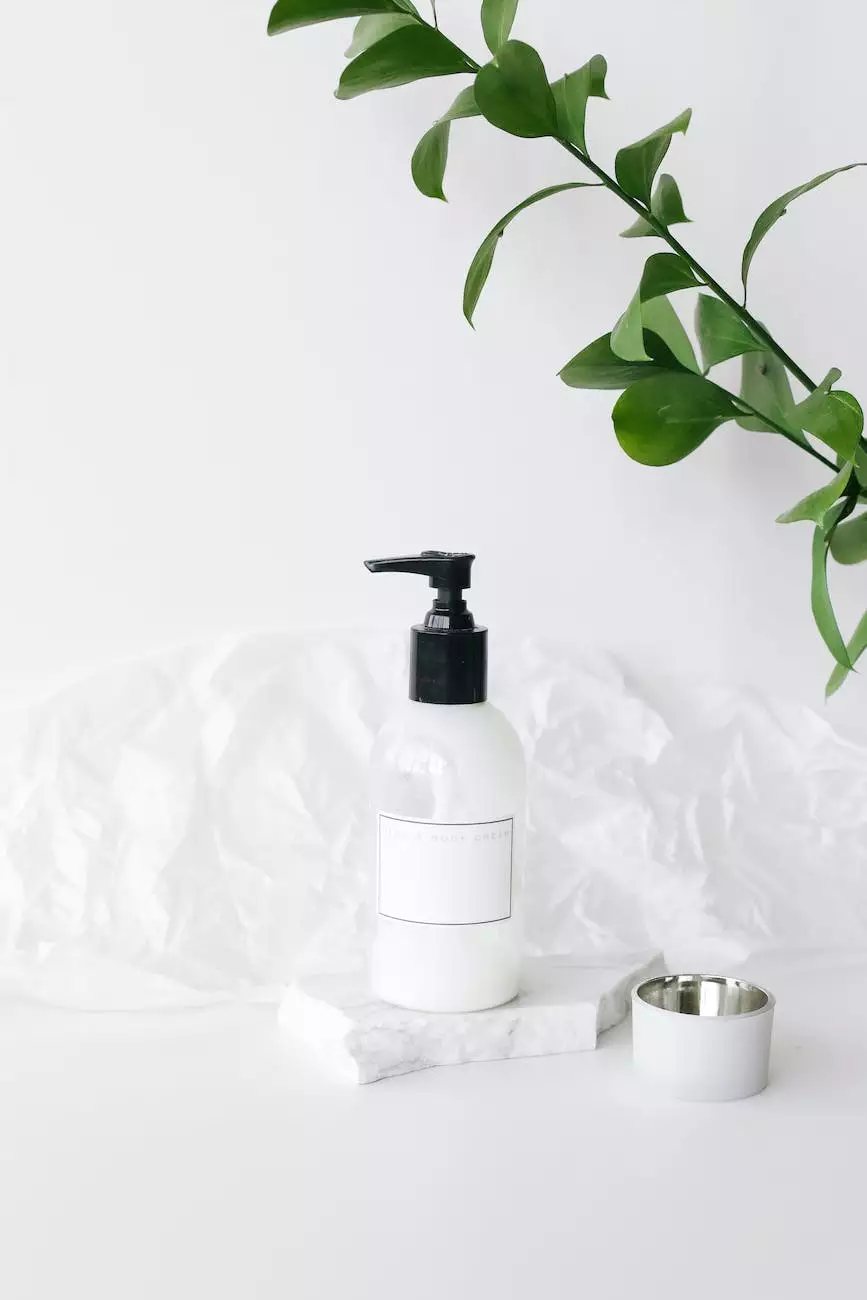Pressure Wounds and Skin Integrity Issues

Understanding Pressure Wounds
Pressure wounds, also known as pressure ulcers or bedsores, are a serious medical condition that often affects individuals with limited mobility or those who are confined to a bed or wheelchair for extended periods. These wounds commonly occur in areas where the skin and soft tissues are subjected to prolonged pressure, friction, and shear forces, leading to localized tissue damage.
The Importance of Skin Integrity
Healthy skin plays a vital role in protecting the body from external pathogens and maintaining overall health. Skin integrity refers to the skin's ability to resist injury and damage. When the skin's integrity is compromised, whether due to pressure wounds, cuts, burns, or other factors, it can lead to various medical complications, including infection, pain, delayed healing, and potential systemic issues.
Risk Factors and Prevention
Several factors contribute to the development of pressure wounds. Some common risk factors include:
- Immobility or limited mobility
- Poor nutrition
- Incontinence
- Friction and shear forces
- Advanced age
- Medical conditions affecting blood flow
- Underlying musculoskeletal issues
Prevention is key when it comes to pressure wounds. Implementing the following measures can significantly reduce the risk:
- Regular repositioning or shifting of body weight
- Using special cushions or support surfaces
- Maintaining good hygiene
- Optimizing nutrition and hydration
- Managing incontinence
- Using appropriate clothing and footwear
- Regularly assessing the skin for any changes
Signs and Stages
Pressure wounds develop in stages, ranging from mild to severe. Recognizing the signs and symptoms of pressure wounds is crucial for early detection and prompt treatment. The stages include:
Stage 1:
In this stage, pressure injuries manifest as non-blanchable erythema (redness) on the skin. The area may feel warm or cool to the touch and may be slightly swollen or firmer than the surrounding skin.
Stage 2:
A stage 2 pressure wound involves partial-thickness skin loss. The wound appears as a shallow open ulcer with a pink or red wound bed. It may also present as a blister or intact serum-filled or blood-filled blister.
Stage 3:
Stage 3 pressure wounds are characterized by full-thickness skin loss, extending into the subcutaneous tissue. The wound may appear as a deep ulcer with or without undermining (tissue destruction underneath the intact skin at the wound edge).
Stage 4:
A stage 4 pressure injury is the most severe, involving full-thickness skin loss with extensive tissue damage, potentially exposing muscles, tendons, or bones. The wound may have undermining or tunneling.
Treatment and Management
Treatment for pressure wounds aims to promote healing, prevent complications, and alleviate pain. The approach may involve a combination of the following:
- Relieving pressure on the affected area
- Wound cleansing and irrigation
- Removing devitalized (dead) tissue
- Applying suitable dressings to support healing
- Administering medications to manage pain and prevent infection
- Implementing nutritional support for optimal healing
- Utilizing advanced wound care techniques, such as negative pressure wound therapy or hyperbaric oxygen therapy, when necessary
Collaborative Care Approach
At Foley James D MD, we understand the complexity of pressure wounds and skin integrity issues. With our expert team of medical professionals specializing in wound care and skin management, we provide comprehensive care tailored to individual needs.
Our collaborative care approach combines medical interventions, wound assessment, patient education, and ongoing support to promote optimal healing and prevent further complications. We work closely with patients, their families, and caregivers to establish personalized treatment plans and ensure continuity of care.
Conclusion
Pressure wounds and skin integrity issues require careful attention and proactive management. By understanding the risk factors, signs, prevention strategies, and treatment options, individuals can take proactive steps to reduce the incidence of pressure wounds and maintain healthy skin integrity.
At Foley James D MD, our dedication to providing comprehensive care and expertise in wound management allows us to offer effective solutions for patients with pressure wounds and maintaining skin health.










